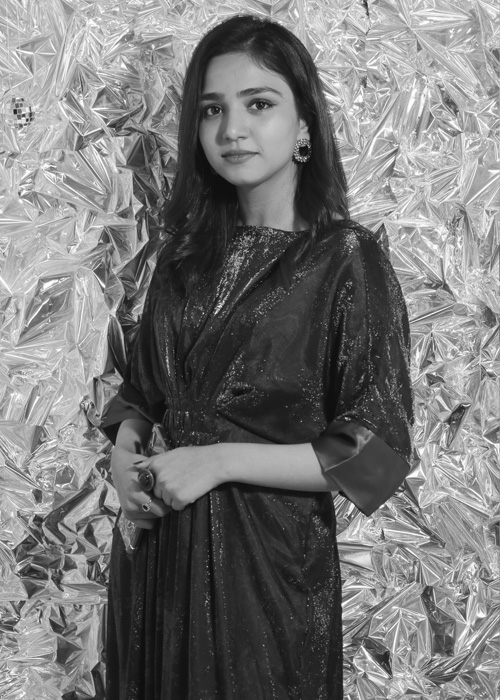BID Exhibition 2023
Explore the works of BID Thesis Spring 2023.
Hajra Naeem
Multi-sensory interior for the blind and visually impaired
The purpose of this study is to understand the many ways in which a person who is visually impaired interacts with his surroundings and to ascertain how these interactions might be reflected in interior design to provide him with a richer sensory experience. Make them self-sufficient and help them to adopt a positive outlook on their blindness, both of which are crucial for their self-esteem. A place that offers people the ability to do what they want without being hindered by their condition, to instead overcome it and be guided towards independent living in the future. Legally blind people have trouble seeing items that sighted people take for granted. People are more likely to fall and have other accidents when they are unable to appropriately assess their surroundings. People who are blind or visually impaired always try to fit in and feel comfortable in their surroundings. However, their everyday activities and quality of life are severely limited by the loss of their vision.
KEYWORDS: Multi-sensory Interior, Soundscape, Landmark.








